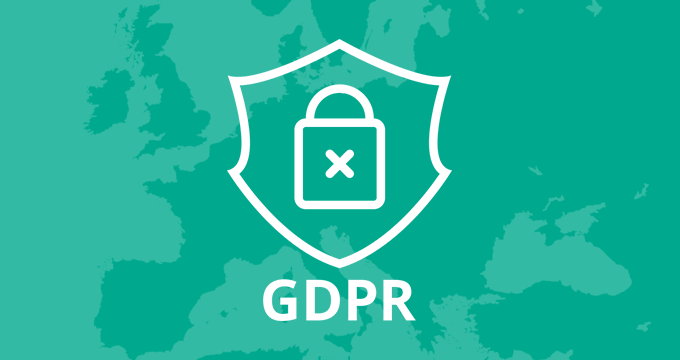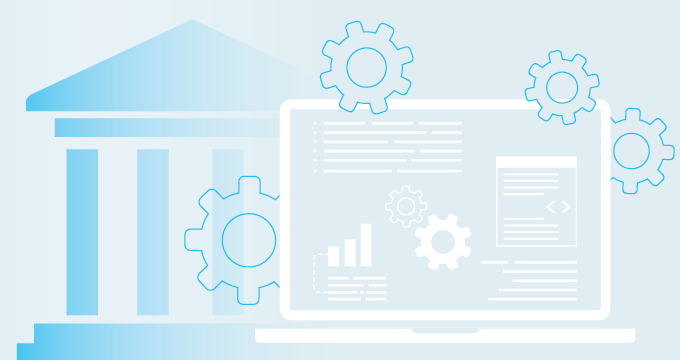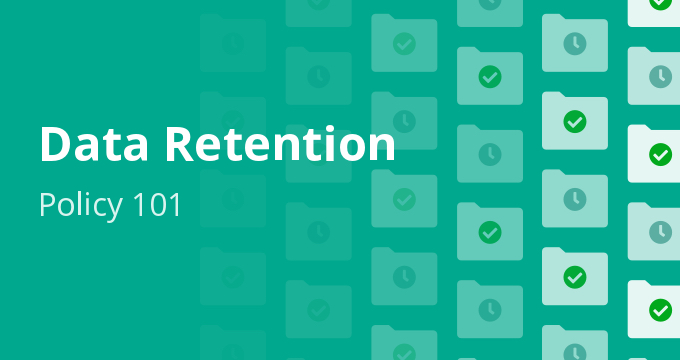In the digital world of data security and integrity, Service Organization Control reports are crucial to proving your trustworthiness.
Especially SOC 3 reports that focus on the availability, security, and privacy of how you handle data.
In this article, we’re diving deep into:
- What SOC 3 is.
- How to comply with SOC 3.
- What is a SOC 3 report.
- How to pass the SOC 3 audit.
- The benefits of being SOC 3 certified.
What Is SOC 3?
SOC 3 or Service Organization Control Report focuses on providing a general-use overview of an organization’s security, integrity, availability, confidentiality, and privacy controls.
It was established by The American Institute of Certified Public Accountants (AICPA) as a security framework to help organizations show their commitment to data security.
SOC 3 encompasses five controls or trust services criteria (TSC):
- Security — The systems and information are protected against any damage, unauthorized access, and unauthorized disclosure of information.
- Availability — The systems and data are available for use.
- Integrity — The data is processed completely and accurately.
- Confidentiality — All information classified as confidential is protected accordingly.
- Privacy — Any personal information is collected, archived, utilized, kept, disclosed, and removed accordingly.
The five TSCs show potential clients that the software offered handles their sensitive data safely regarding accredited certified public accountants (CPA).
What Is a SOC 3 Report?
A SOC 3 report is a general-use report that provides an overview of the TSCs at a service organization.
They are based on the same principles and criteria used for SOC 2 reports. However, they are presented in an easy, customer-centric manner, as they are meant for the public’s eyes and are used as marketing tools.
Because of this, SOC 3 reports don’t contain as much detail on the systems and controls, as users don’t need such high-level information. Here, SOC 2 goes into much more detail.
They are issued semi-annually by an independent AICPA auditor service and outline the high-level findings regarding TSCs.
Understanding SOC 3 Compliance
SOC 3 compliance refers to the SOC 3 audit that confirms that an organization complies with all the necessary standards.
This involves implementing and maintaining the necessary controls and procedures to ensure the security, availability, processing integrity, confidentiality, and privacy of customer data.
To get SOC 3-certified, your organization needs to design a compliant security program and pass an audit by an AICPA-certified public accountant.
The auditor provides an estimate of your organization’s cybersecurity policies and procedures in line with SOC 3.
SOC 3 Compliance Checklist
Use the following compliance checklist to prepare your company for a SOC 3 audit and secure yourself a SOC 3 certification:
- Assess your goal — Specify why you need a SOC report, how important it is for your company, and what benefits you’re getting from it.
- Choose the right report — There are three different SOC reports. Depending on your needs, choose the right one, is it for corporate (SOC 2) or customer-centric (SOC 3) use?
- Choose TSCs — Determine the TSCs you want to focus on with the report. However, don’t neglect the other ones.
- Develop internal policies — Implement protection, data archiving policies, and procedures that address each of the selected trust service criteria.
- Conduct a gap analysis — Identify and assess the gaps in the security, availability, processing integrity, confidentiality, and privacy of your systems and data.
- Implement controls — Implement controls to mitigate identified gaps, ensuring they are designed effectively and operating efficiently.
- Assess your readiness — Hire independent auditors to see if you meet the necessary SOC requirements to undergo the full audit.
- Apply for an audit — Authorize an independent SOC 3 auditor to complete your audit checklist and generate a report.
- Establish monitoring — SOC 3 requires constant work on securing your privacy and annual audits and asks you to monitor changes and improve your processes.
There’s no one SOC 3 strategy. Every organization is different and requires a different compliance strategy. However, this checklist is a great overview of what you should focus on first.
The Benefits of a SOC 3 Certification
Obtaining a SOC 3 certification comes with a whole set of benefits for your organization:
Validation — A SOC 3 certificate proves that your organization is in control of the security, availability, integrity, confidentiality, and privacy of data.
Trust — Builds trust with customers and stakeholders, as it demonstrates the organization’s commitment to data security and compliance.
Differentiation — With only a small number of organizations being SOC 3 compliant, the certification gives you more credibility on the market.
Regulatory compliance — Ensuring SOC 3 compliance can streamline your other compliance processes and ensure you’re in line with other major data laws.
Risk management — By implementing effective controls and undergoing regular audits, you can identify and mitigate risks to data security reducing the likelihood of data breaches and other security incidents.
Better monitoring — SOC 3 compliance certification proves that you have excellent oversight across the organization and systems. This also means that the software itself is continuously monitored for unusual activity, changes, and user access.
Overall, applying for a SOC 3 audit and getting certified is a great investment for your organization, especially if you’re a software company.
Conclusion
SOC 3 is very important for any organization wanting to promote its commitment to data security and integrity.
Through the SOC 3 audit process, you can validate different controls, comply with regulatory requirements, and enhance risk management practices.
By implementing proper controls and following a compliance checklist you’ll be one step closer to SOC 3 compliance which builds trust with customers and stakeholders.
Overall, SOC 3 certification is a valuable investment for service organizations seeking to enhance their security posture and build credibility in the marketplace.
Stay compliant with major data retention laws with Jatheon’s cloud email archiving solution. Capture data automatically, find important information, and manage your data with ease.
Stay compliant with major data retention laws with Jatheon’s cloud email archiving solution. Capture data automatically, find important information, and manage your data with ease.
FAQ
What is the difference between SOC 1 vs SOC 2 vs SOC 3?
SOC 1 is an internal financial reporting. SOC 2 evaluates controls related to the security, availability, integrity, confidentiality, and privacy of data. SOC 3 is a general-use report based on SOC 2 criteria meant for public distribution.
What is the SOC level?
SOC stands for Service Organization Control and its levels refer to the three types of SOC reports: SOC 1, SOC 2, and SOC 3 each with a focus on different details and levels of detail.
Which is better, SOC 2 or SOC 3?
Choosing between SOC 2 and SOC 3 depends on your organization’s needs. SOC 2 provides much more detail, however, it’s for restricted use while SOC 3 offers a general-use report suitable for the public.
Read Next:SOC 2 Compliance Checklist and Best Practices To Follow The Importance of Email Archiving – 18 Reasons to Archive Email |











